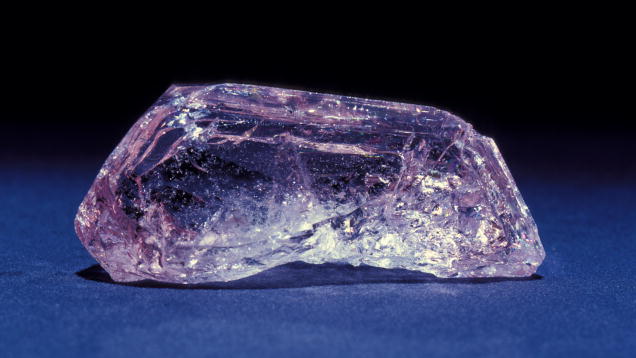Morganite History and Lore

One of the interesting properties of morganite noted by Kunz was its intense red-colored fluorescence when exposed to X-rays, but no phosphorescence when the X-ray source was turned off.
On October 7th, 1989, one of the largest specimens of Morganite was uncovered. It was found in the Bennet Quarry of Buckfield, Maine, and it was somewhat orangish in hue and about 23 cm long and 30 cm across. This well-formed crystal weighed in at just more than 50 pounds, and was called ‘The Rose of Maine’.

Miners discovered the first morganite specimens in Madagascar in 1911. Magenta-colored rough from those deposits still sets the color standard for the variety. This sample weighs about 12 oz. (349 g). - Maha Tannous



